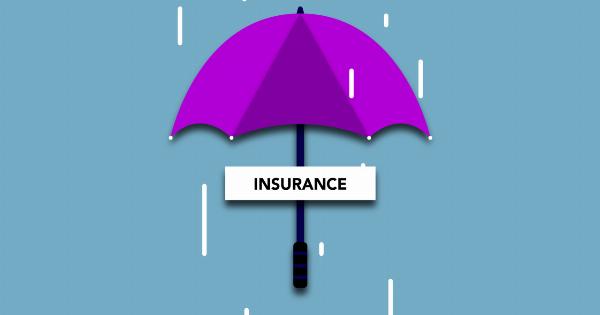For homeowners, protecting their most valuable asset is of utmost importance. One way to do so is by having a comprehensive insurance policy in place.
Home insurance not only safeguards your property against unforeseen events but also provides financial support in case of any damage or loss. Understanding the ins and outs of protecting your home with insurance can help you select the right coverage and ensure peace of mind for you and your family.
1. Understand the different types of insurance policies available
When it comes to home insurance, there are several types of policies available. The most common ones include:.
2. Homeowner’s insurance
Homeowner’s insurance covers both the structure of your home and your personal belongings. It typically includes protection against perils such as fire, theft, vandalism, and certain natural disasters.
Additionally, homeowner’s insurance provides liability coverage in case someone is injured on your property.
3. Renters insurance
If you’re renting a home or an apartment, renters insurance is crucial. While the landlord’s insurance covers the physical structure, it does not protect your personal belongings.
Renters insurance offers coverage for your possessions and liability protection in case of accidents or damage to the property you’re renting.
4. Condo insurance
Condo insurance is tailored specifically for condo owners. It protects your personal belongings, interior structures, and liability within the unit.
Since the condo association’s insurance generally only covers the exterior of the building and common areas, condo insurance is essential for comprehensive coverage.
5. Identify your coverage needs
Before purchasing home insurance, it’s crucial to assess your coverage needs. Consider factors such as the value of your home, the value of your personal belongings, and your potential liability.
Evaluating these aspects will help you determine the appropriate level of coverage required.
6. Learn about the types of coverage offered
Home insurance typically offers different types of coverage:.
7. Dwelling coverage
Also known as the “dwelling insurance,” this coverage protects the structure of your home, including the walls, roof, and floors.
It will provide financial assistance to repair or rebuild your home in case of covered perils such as fire or storm damage.
8. Personal property coverage
This coverage protects your personal belongings inside your home, such as furniture, appliances, electronics, and clothing. If your possessions are damaged or stolen, personal property coverage will help you replace or repair them.
9. Liability coverage
Liability coverage is vital as it protects you against lawsuits arising from injuries or property damage caused by you or a member of your household. It covers legal fees, medical expenses, and any compensation awarded to the injured party.
10. Additional living expenses coverage
In case your home becomes uninhabitable due to a covered event, additional living expenses coverage will help pay for temporary accommodation, meals, and other related expenses while your home is being repaired or rebuilt.
11. Compare insurance providers
Once you’ve determined the type and level of coverage you need, it’s important to compare insurance providers. Look for companies with a good reputation, excellent customer service, and competitive rates.
Consider reading reviews and obtaining quotes from multiple insurers to ensure you get the best policy for your home.
12. Understand policy exclusions and limitations
While insurance policies provide coverage for a wide range of scenarios, it’s essential to understand the exclusions and limitations. Some policies may not cover certain types of natural disasters, such as earthquakes or floods.
Read the fine print and consult with your insurance provider to ensure you have coverage for potential risks specific to your area.
13. Review and update your policy regularly
Once you’ve purchased home insurance, remember to review and update your policy regularly. As the value of your home and possessions may change over time, it’s crucial to adjust your coverage accordingly.
Notify your insurance company about any significant changes or renovations to ensure that you have adequate protection in place.
14. Take Home Inventory
Creating a home inventory is an excellent way to document all your possessions and their value. It involves making a detailed list of your belongings, along with any receipts, photographs, or videos as evidence of ownership.
In the event of a claim, a home inventory will expedite the process and ensure accurate compensation.
Conclusion
Protecting your home with insurance is a fundamental step towards safeguarding your property and finances.
By understanding the different types of policies available, assessing your coverage needs, and learning about the types of coverage offered, you can select the right insurance for your home. Regularly reviewing and updating your policy, as well as taking a home inventory, will ensure that you have adequate protection and peace of mind.
Remember, choosing the right insurance provider is just as important as selecting the right coverage, so take the time to research and compare different options before making a decision.





















